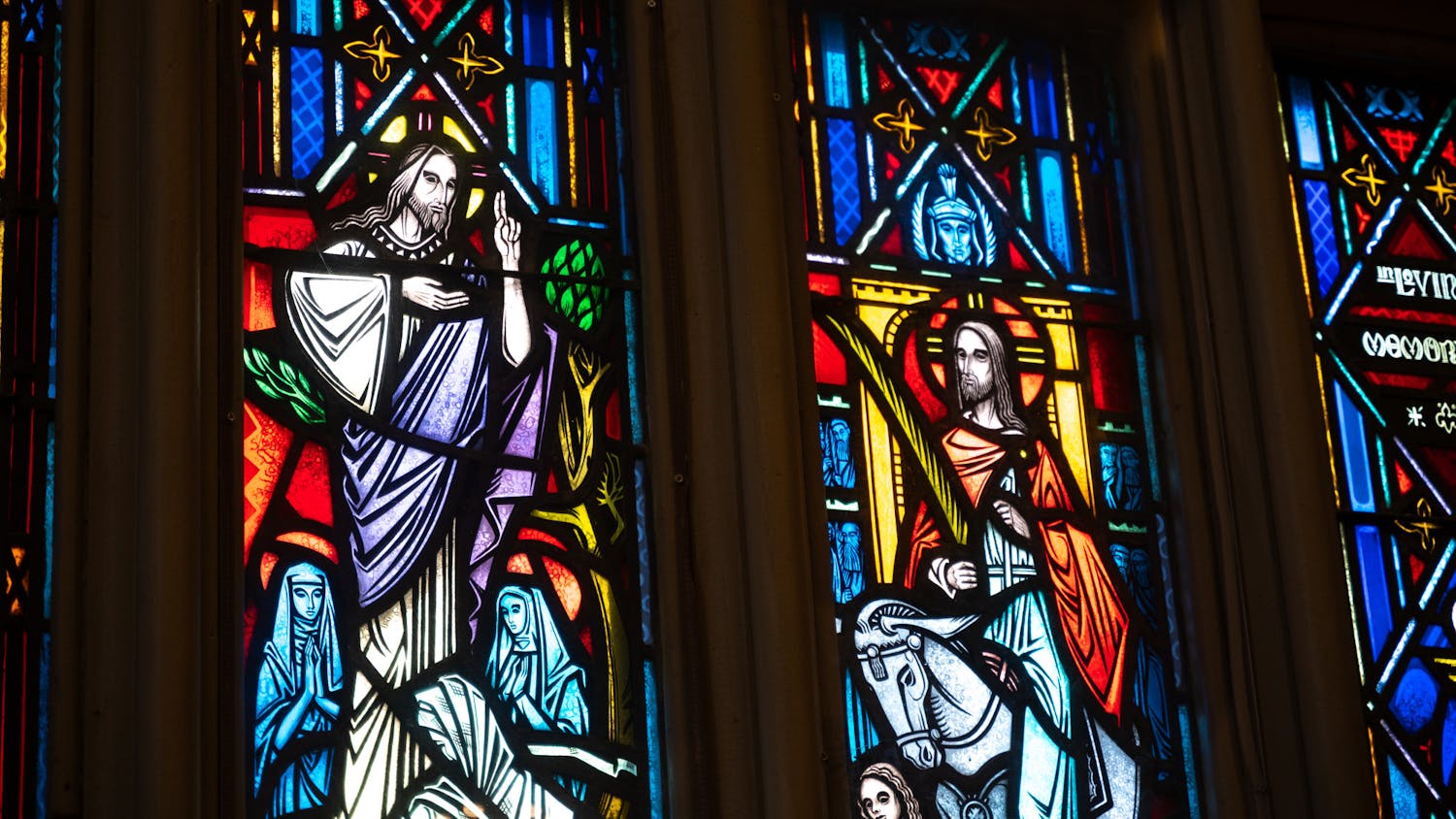The Legend of the Lost Emerald, an educational video game developed by the University of Wisconsin-Madison, won top prize at the 54th Annual Public Media Awards in the educational resources for classrooms category. The game, designed by Field Day Lab, focuses on teaching children in fourth, fifth and sixth grade about maritime archaeology through a story-based game.
Field Day Lab, a research lab at the Wisconsin Center for Education Research that creates educational games, collaborated with PBS Wisconsin and Wisconsin Sea Grant, a program that funds original research with an extension in education around Great Lakes science, to create the game.
“David Gagnon — Head of Field Day Labs — wanted to find projects where he can advance the same literacy [of the Great Lakes to the state of Wisconsin],” said Anne Moser, librarian and educational coordinator for the Wisconsin Sea Grant. “In this case, I suggested shipwrecks because I had been doing this programming for a couple of years and kids were responding really positively to the topic.”
Children play the role of a maritime archaeologist searching for a sunken freighter in Lake Superior while discovering other ships submerged in the Great Lakes. As children uncover clues about the type of ship, the ship’s name, artifacts and its historical importance, they learn real life archaeological techniques and procedures.
Game producer Jim Mathews and his team met with a group of teachers and archaeologists to tour the Wisconsin Maritime Museum in Manitowoc to learn about the history of shipwrecks within the Great Lakes. Many of the stories and characters in the game contained aspects of real life events, according to Mathews.
“Each of the shipwrecks are sort of a composite of an actual shipwreck from the Great Lakes,” said Mathews. “They're not actual shipwrecks, and there are reasons why we did that, but some of the characters are inspired by real people or real stories that happened.”
The story allows players to connect with the characters through feelings of happiness, curiosity and even sadness — all crucial elements of the game.
“Emotion is such an important part of it — you're trying to connect with the playing and get them to care about this history and get beyond just the mechanics,” said Mathews.
Teacher and student feedback and collaboration were other major factors that helped with the creation of the game.
“We had a group of teachers come in to co-design the game and really make sure we were making something they would use in the classroom that would fit their needs,” said Mathews. “We tested it with teachers, we tested it with students and they helped us shape it along the way.”
According to Mathews and Moser, they collectively hoped the game would produce curiosity among students about the history of their own neighborhoods.
“I hope [students] can generate a curiosity in them where they can get excited not only about shipwrecks but about historical inquiry and learning about the past — particularly in their own local area,” Matthews emphasized.






